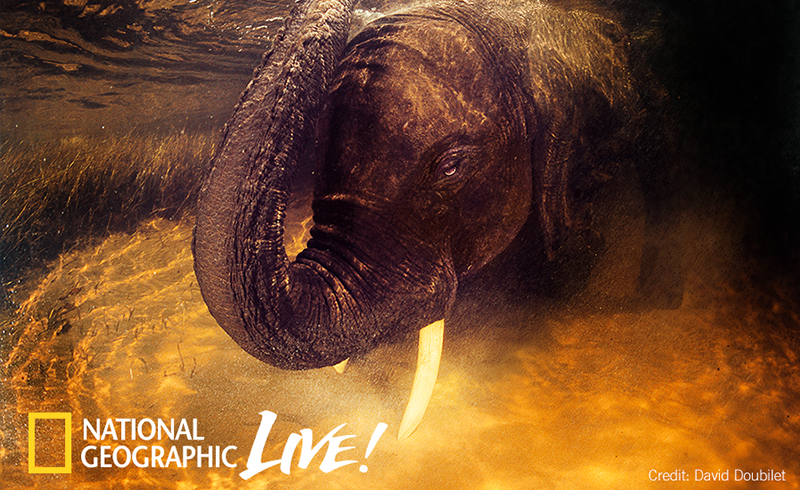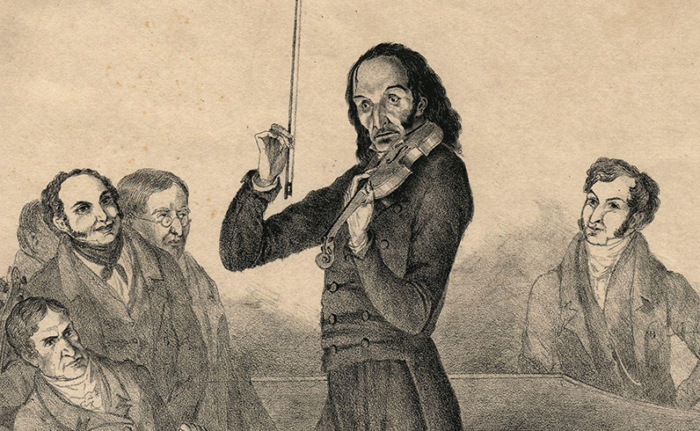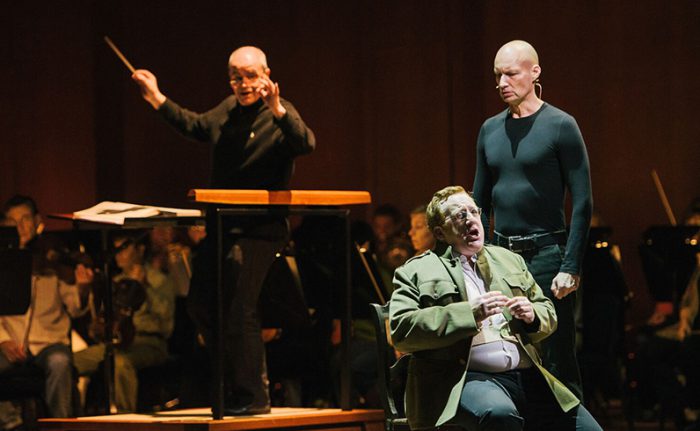Imagine someone gave you a camera and told you to go shoot the essence of Houston. But you only have an hour. And you have less than 100 feet of visibility.
That’s how David Doubilet described difficult assignments as an underwater photographer.
“Photography has the ability to illuminate, surprise, astound, humiliate, and celebrate. The power of photography is like the power of poetry. It has to go right to the heart,” says Doubilet.

Our upcoming National Geographic Live speaker series event, the second in a four-event series, features David Doubilet and Jennifer Hayes, a husband-and-wife team who have no shortage of adventure in their lives. Doubilet is a National Geographic magazine legend, his captivating work with the publication spanning back to 1971. Hayes is an aquatic biologist, author, and published photojournalist.
From boiling tropics to freezing poles
Doubilet and Hayes routinely travel to remote areas of the world studying the environment and taking pictures that may sometimes seem to be from another planet. But those pictures are of this planet – 70% of it as Doubilet points out.
“Water powers life on earth. But what goes on beneath that surface is intriguing, extraordinary, exciting. It goes beyond the quality of our dreams,” said Doubilet.

In Papua New Guinea, they were in the “epicenter of marine biodiversity, the empire of coral.” In this area, part of the Coral Triangle, there are over 500 coral species and over 3,000 species of fish.
Doubilet said that diving in the St. Lawrence Gulf is among his happiest adventure as part of this assignment. They spent time observing harp seals – an animal whose time on the ice is very short. They nurse their offspring a few brief days before sending them off on their own. They struggle to survive now as their environment is changing rapidly.

Going from the boiling hot tropics to the freezing poles, Doubilet said that working in this field is part adventure and part science, but there’s also a lot of personal emotion involved. His job, he says, is to organize the chaos into the rhythm of an image.
Diving Among Oil Rigs
Part of Doubilet and Hayes travels include a dive near oil rigs in the Gulf of Mexico. Doubilet said he knows first-hand how complex and intensely beautiful oil rigs can be underwater. He described how larvae, algae, armies of angelfish, and barnacles all surround a rig.
“People don’t realize how difficult it is to make gasoline – all that is required to do that,” Doubilet said. “There’s 33,000 miles of pipe there – mostly put down by divers. This goes to the heart of what Houston energy is all about. Doing that and being environmentally responsible – that goes hand in hand. It requires real vision.”

Photography, Doubilet says, has the ability to convince the unconvinced, and it allows us to show the engine of life. Doubilet and Hayes want to open people’s minds to how vital the oceans are and what we’re learning about the systems that make the oceans work.
The future of biodiversity
Being underwater, Doubilet said, is always a challenge and every dive is an exploration. He says he feels that with these dives they are documenting a time and place that may be slipping by us.
Climate change is the looming threat to this intense biodiversity. This, Doubilet says, is where he feels a responsibility as a photographer.
“There are people aware and awake about climate change – they are ready to accept and change our lives for the better. We as Americans have to deal with it too.”

When asked what advice he would give to future underwater photographers and biologists, he said:
“The sea needs you – your heart, mind, vision, dreams and poetry. It needs engineers and artists. It needs economists and it needs builders…We have 7.2 billion people on the planet. There’s no free lunch in that…Our children’s children will say, ‘You had your chance – why didn’t you do something about it?’”
This Tuesday evening is going to take you on a journey. And it’s going to challenge what you think you know. This Nat Geo Live speaker series will be held in Jones Hall on January 10 at 7:30pm. Tickets available from $20.
Note: The Houston Symphony will not be performing at this event.



